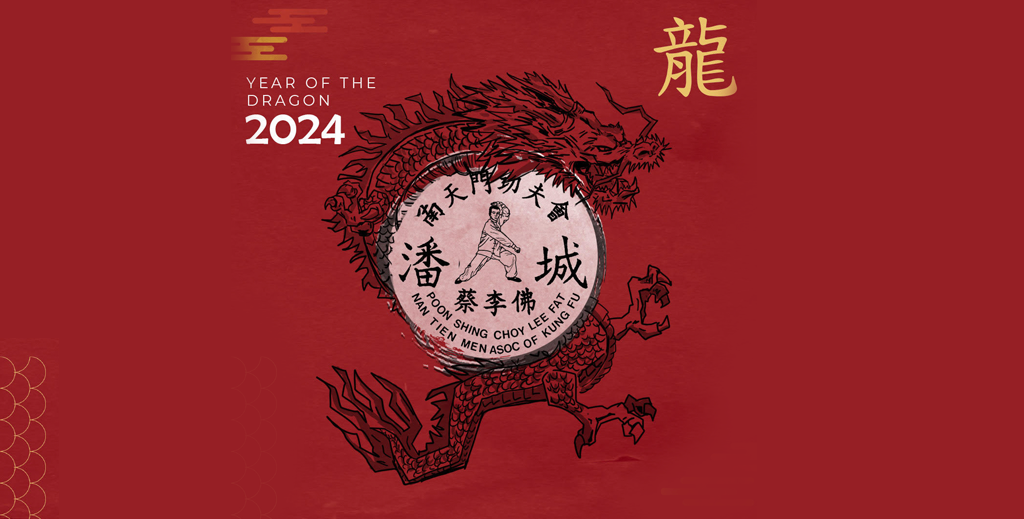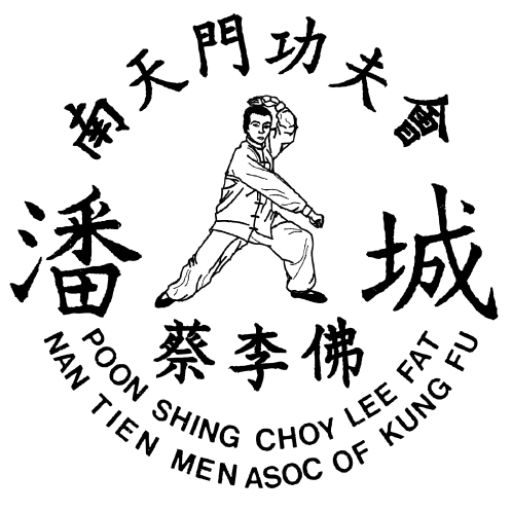The “Chinese New Year” or “Lunar New Year”, a festival that transcends borders and
cultures, started in style on February 10, 2024.

Wonderfully colorful and filled with deep meanings, this event is a window into the rich cultural tapestry of several countries in Asia as well.
The reason it is called “Chinese” is related to its historical association and
cultural relationship with China, which has a significant influence on many traditions and practices
observed during this period. So much so that other Asian cultures, such as Korean and Vietnamese, also celebrate the Lunar New Year with their own distinct traditions and customs.
That said, for those less familiar, let's delve into the fascinating world of the Year
New Lunar and, in particular, exploring the year of the Wood Dragon.
This period, also known as the Spring Festival, is calculated by the calendar
Chinese lunisolar, meaning the date varies each year in the Gregorian calendar. This one
festival is not only a celebration of a new beginning, but also a time to
honor ancestors and household gods.
Each year in the Chinese calendar is associated with one of the twelve animals of the Chinese zodiac, in a
cycle that repeats every twelve years. The year 2024 is designated as the year of the Dragon,
a mythological creature that symbolizes strength, luck and vitality in Chinese culture. The Dragon
is revered as a symbol of power and authority, often associated with the
Emperor of China in ancient times.
Characteristics signs
Each animal is a marker of time and also carries unique characteristics that, according to belief, are transferred to people born in that year. The signs are:
- Mouse: Beginning of a new cycle, symbolizes intelligence and adaptability.
- Ox: Symbolizes diligence, reliability and strength.
- Tiger: Represents courage, passion and boldness.
- Rabbit: Symbolizes kindness, care and diplomacy.
- Dragon: The only mythical animal, it symbolizes power, luck and vitality.
- Snake: Represents wisdom, mysticism and intuition.
- Horse: Symbolizes energy, freedom and dynamism.
- Goat: Represents creativity, patience and calm.
- Monkey: Symbolizes versatility, ingenuity and curiosity.
- rooster: Represents honesty, precision and observation.
- Dog: Symbolizes loyalty, justice and sincerity.
- Pork: Represents generosity, wealth and indulgence.
Why Madeira?
In addition to the twelve animals of the zodiac, the system also incorporates the five elements of Chinese philosophy: Wood, Fire, Earth, Metal and Water. These elements follow a ten-year cycle, where each element is associated with two consecutive years in the zodiac cycle. As a result, each zodiac animal is paired with an element once every sixty years, creating a unique combination that influences the characteristics and luck of the year.
The 5 elements
- Wood: Growth, creativity and expansion. It represents beginning and nourishment.
- Fire: Passion, energy and transformation. It symbolizes maximum expression and visibility.
- Earth: Stability, reliability and practicality. It represents the center, the transition between seasons.
- Metal: Resistance, determination and precision. It symbolizes harvest and achievement.
- Water: Flexibility, adaptability and depth. It represents wisdom and introspection.
Origin of Chinese New Year
The origin of the Chinese zodiac signs is shrouded in legends and myths. One of the most popular stories tells that the Jade Emperor called all the animals to a race, promising them a place on the calendar based on their arrival. Each of the twelve animals that completed the race was given a year to rule, reflecting their unique characteristics in those born under their sign. The Dragon, known for its majestic and powerful nature, ranks fifth in the zodiac cycle.
The elements are fundamental in Chinese philosophy and represent different aspects of life and the natural world. They interact in complex ways, believed to influence people's destiny and personality. An example is the Wood element, which symbolizes growth, flexibility and vitality. When combined with the Dragon, the year promises to be conducive to personal growth, development of new ideas and projects. A period of ambition and adaptability.
Chinese New Year Celebration
“Chinese New Year” celebrations are full of traditions and rituals. Streets filled with vibrant parades, dragon and lion dances, and nights with spectacular fireworks shows. A lovely tradition is the distribution of red envelopes, “hongbao”, which contain money, as a sign of good luck and to ward off evil spirits.
Another curiosity is the Family Reunion, which takes place on New Year's Eve. Families gather for a hearty meal, which includes dishes such as dumplings, representing good luck and prosperity. It is a time to be grateful, reflect and aspire to the future.
In short, the celebration of “Chinese New Year” is a time to honor the past, celebrate the present and look with hope to the future. Each year, the zodiac signs and elements offer a new perspective, encouraging reflection on our lives and the way we interact with the world around us. The Year of the Wood Dragon is an invitation to embrace change, seek growth, and nurture our highest aspirations.
